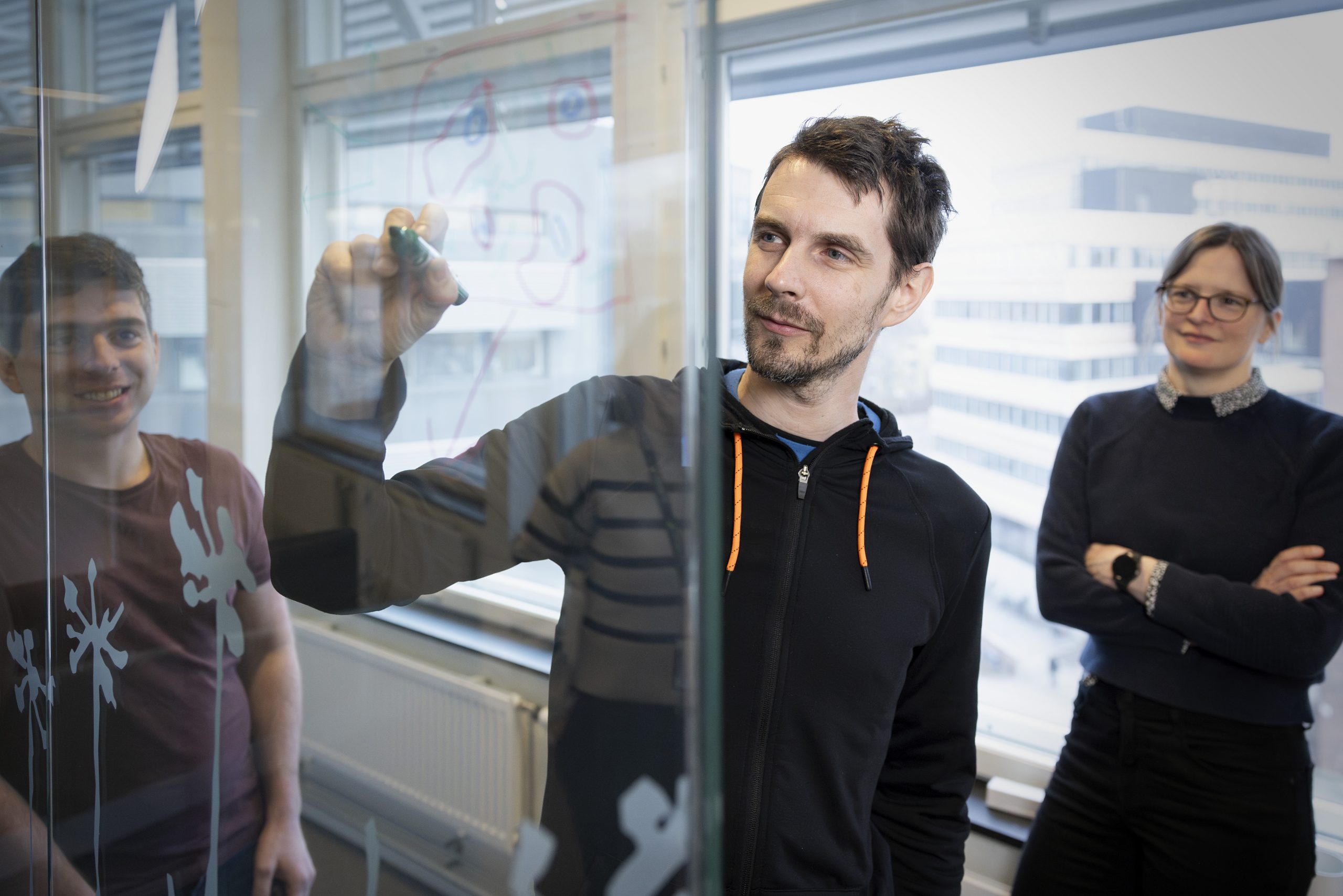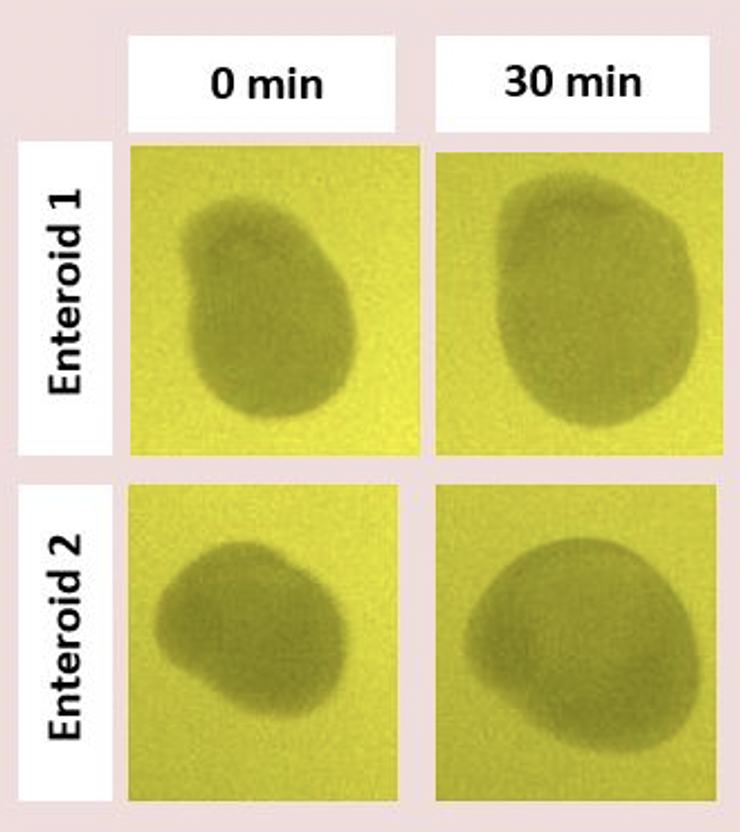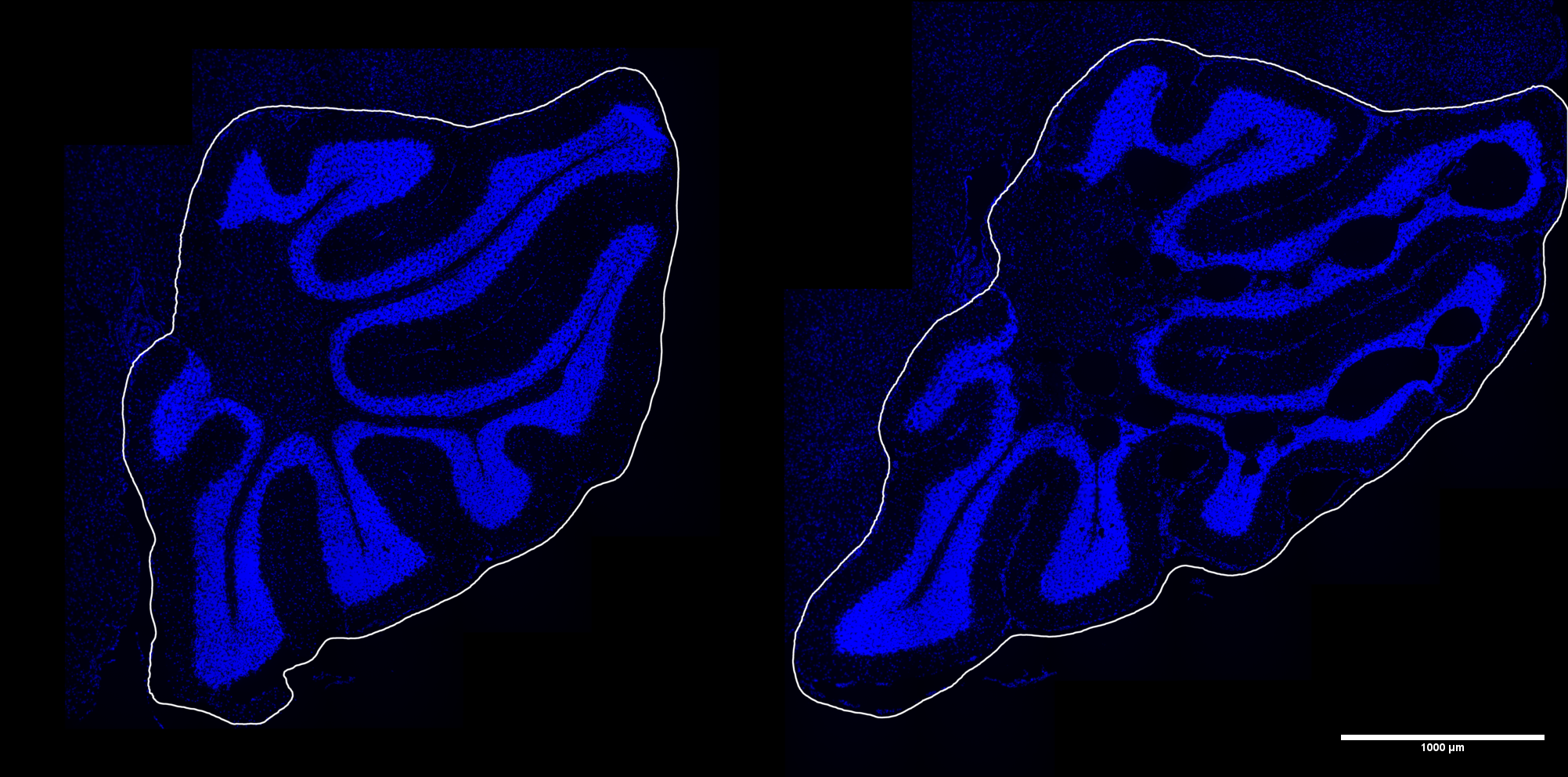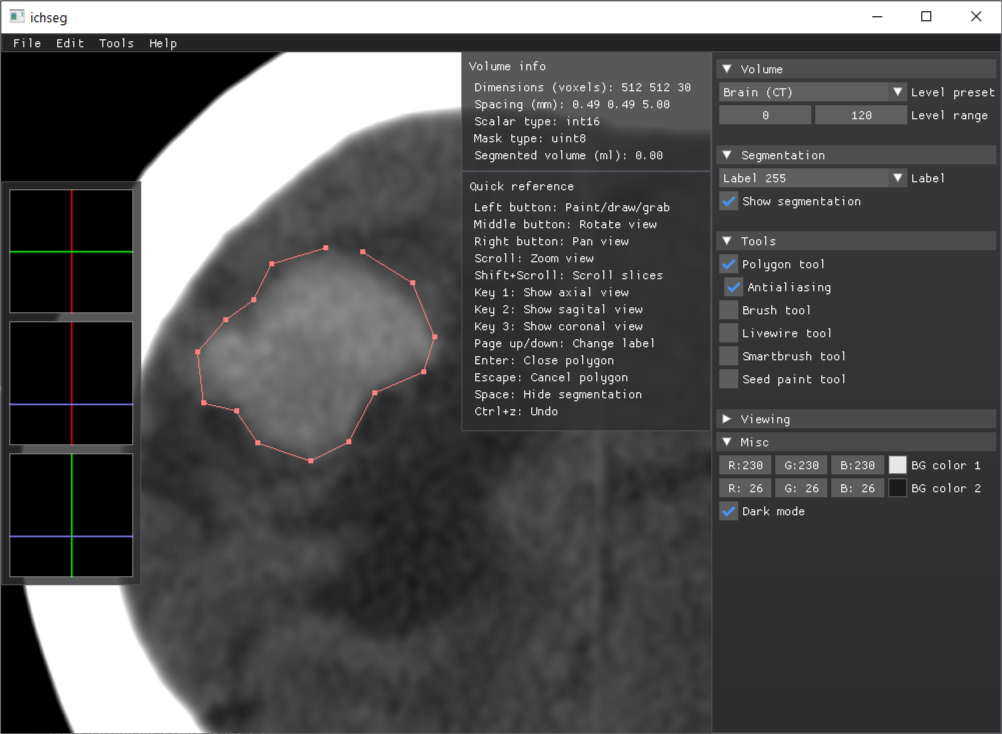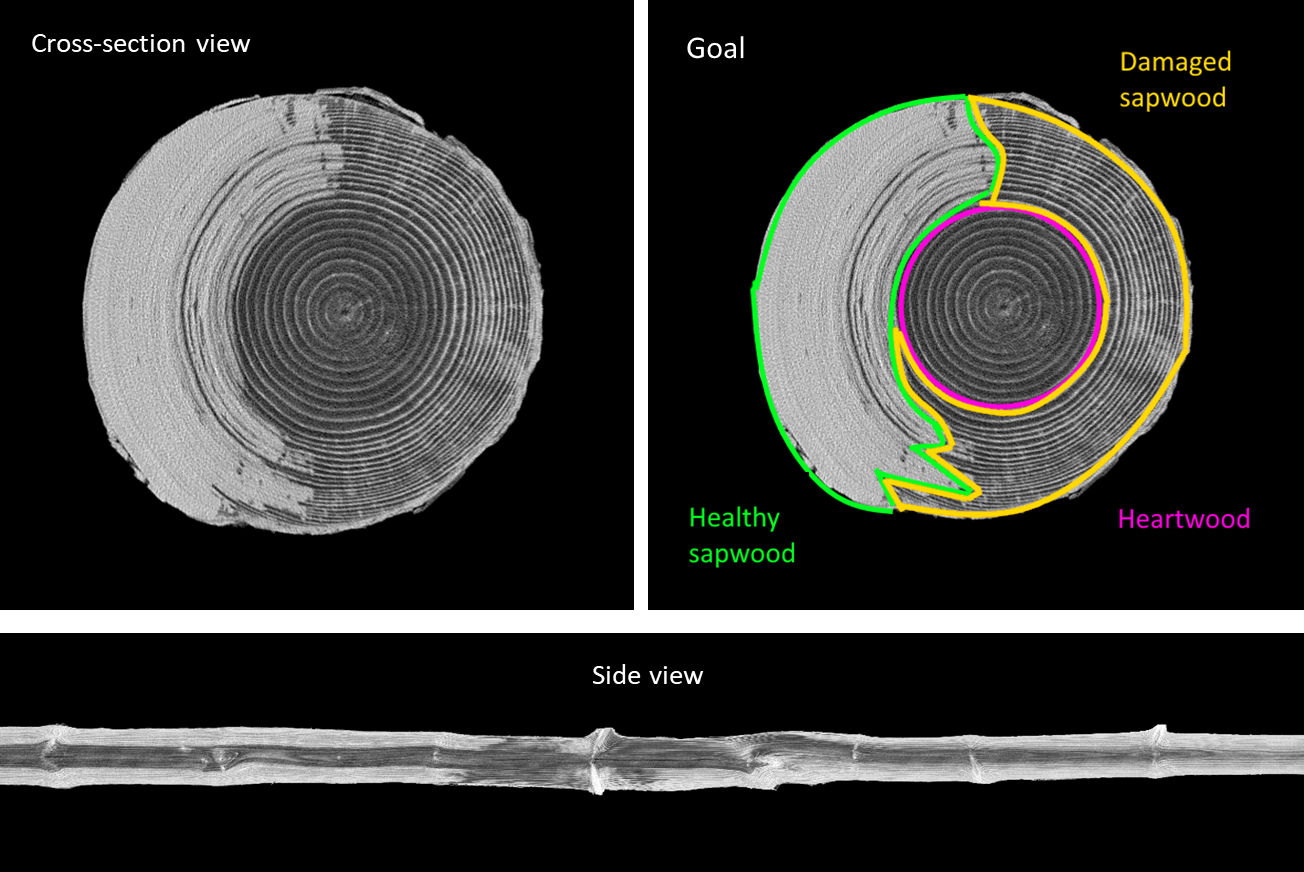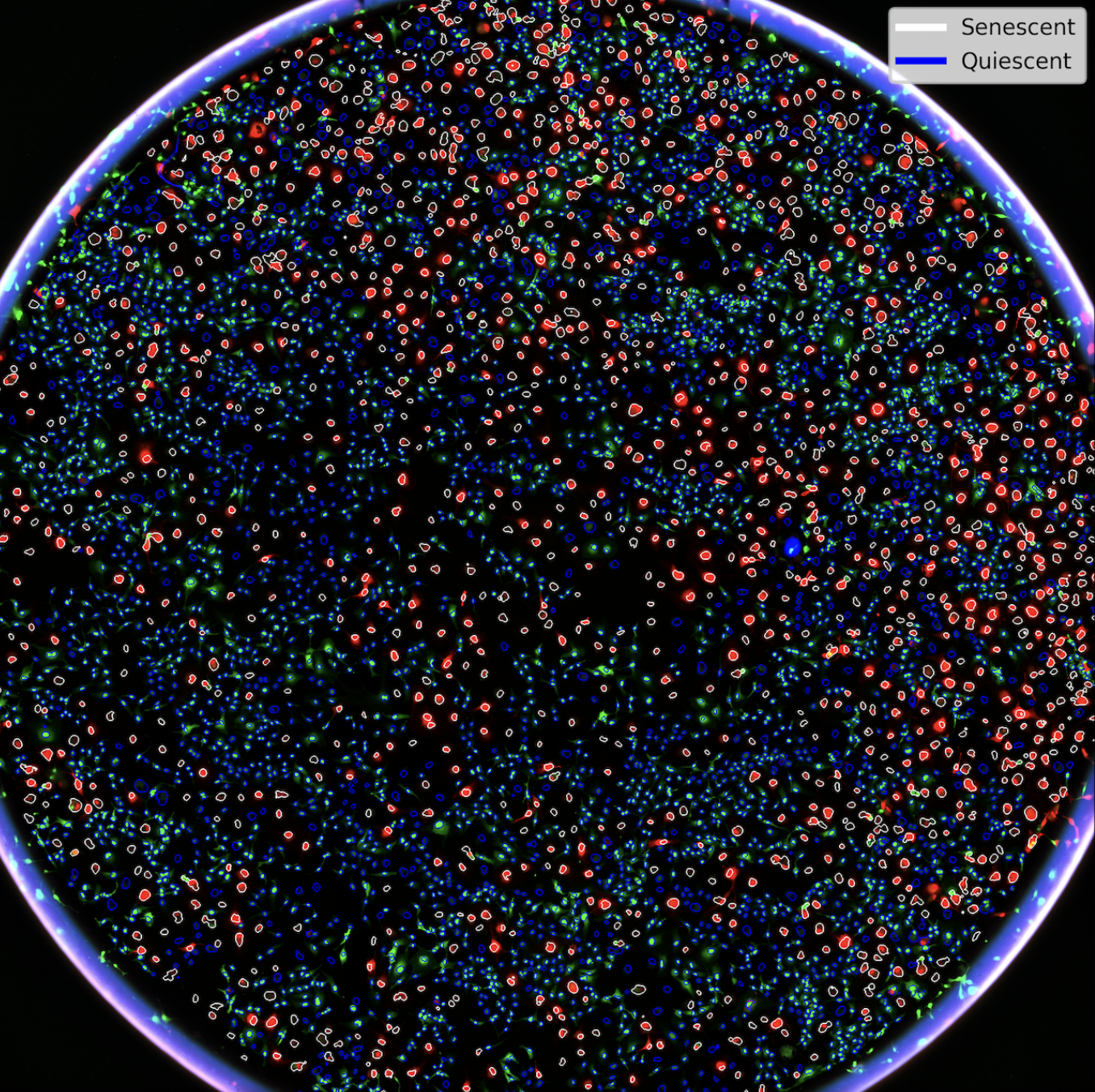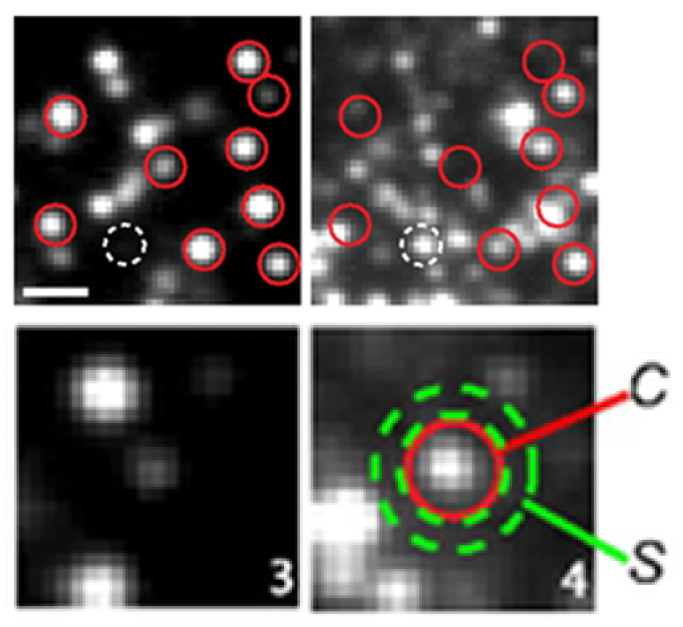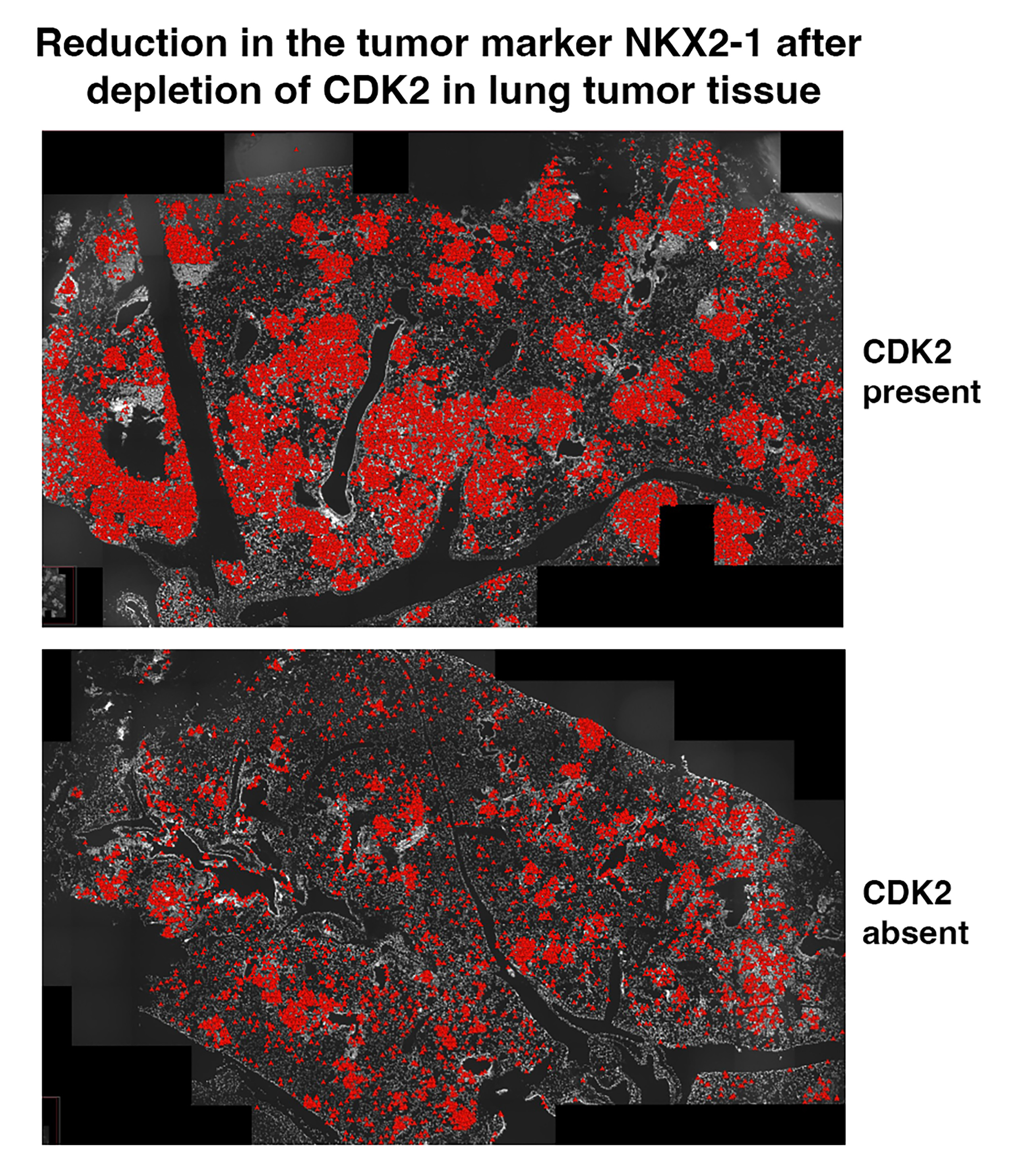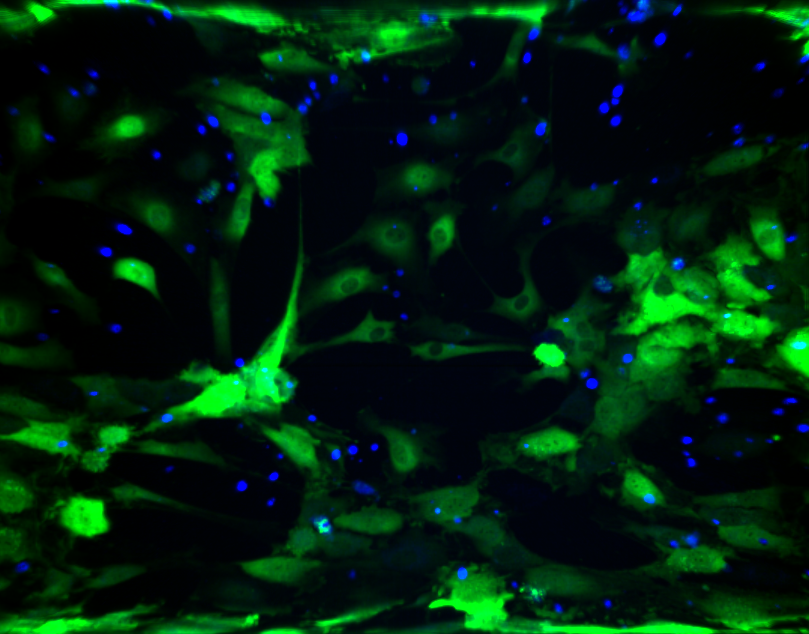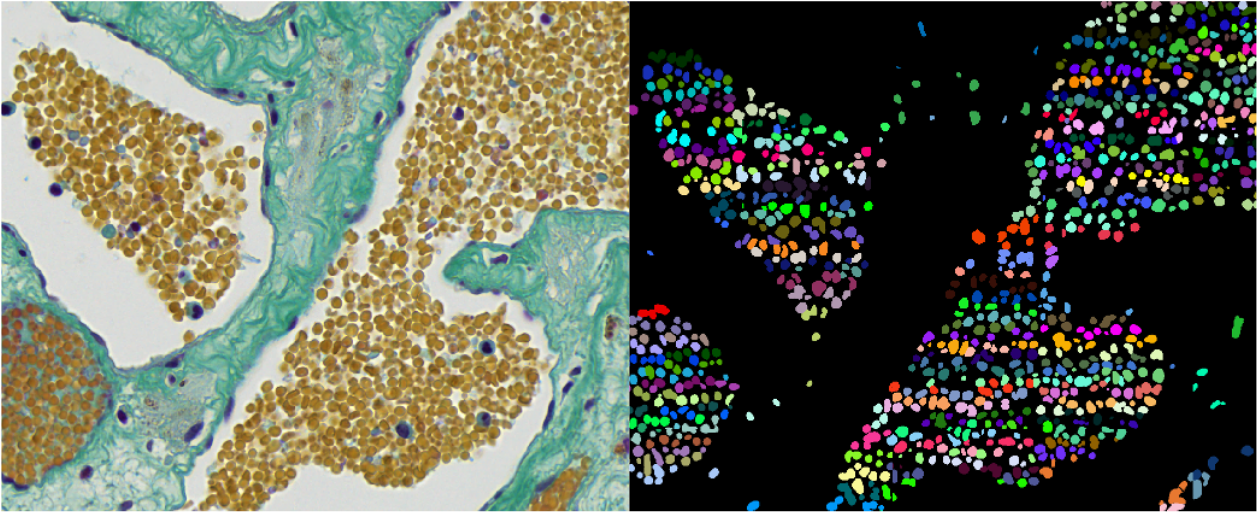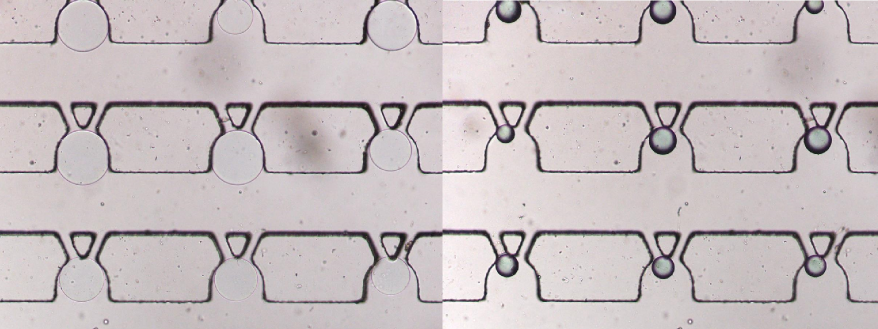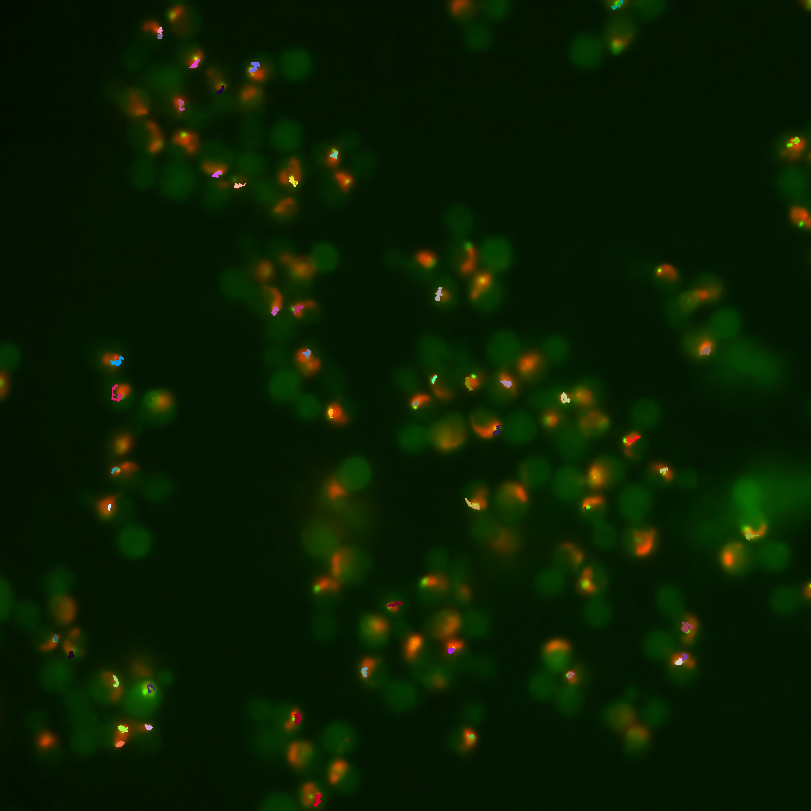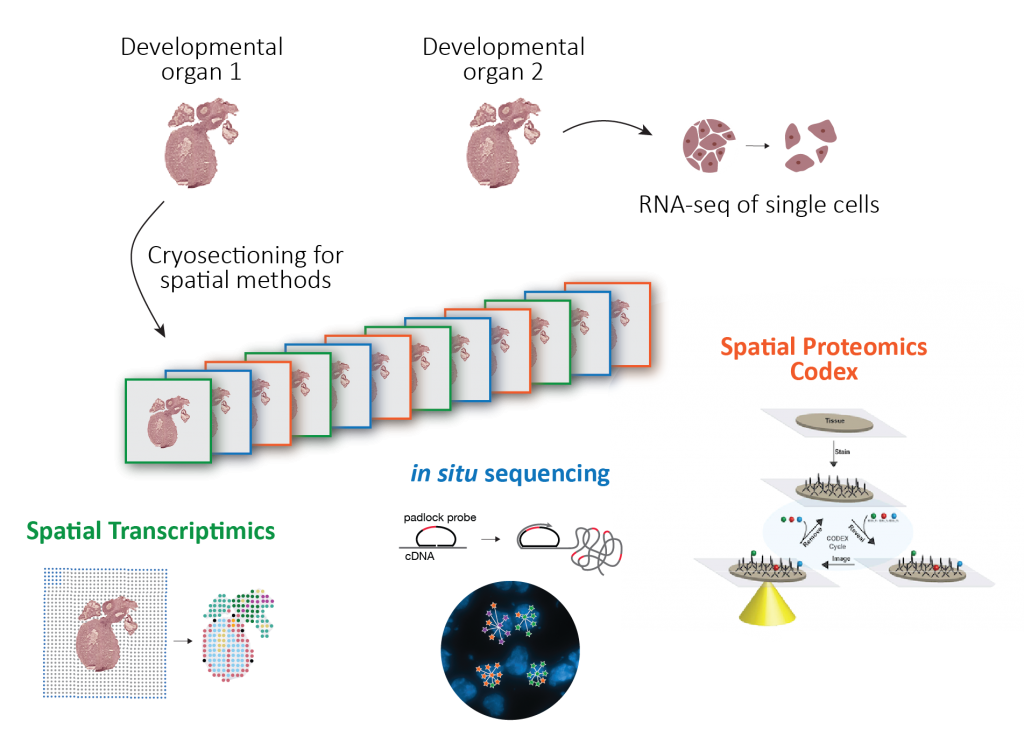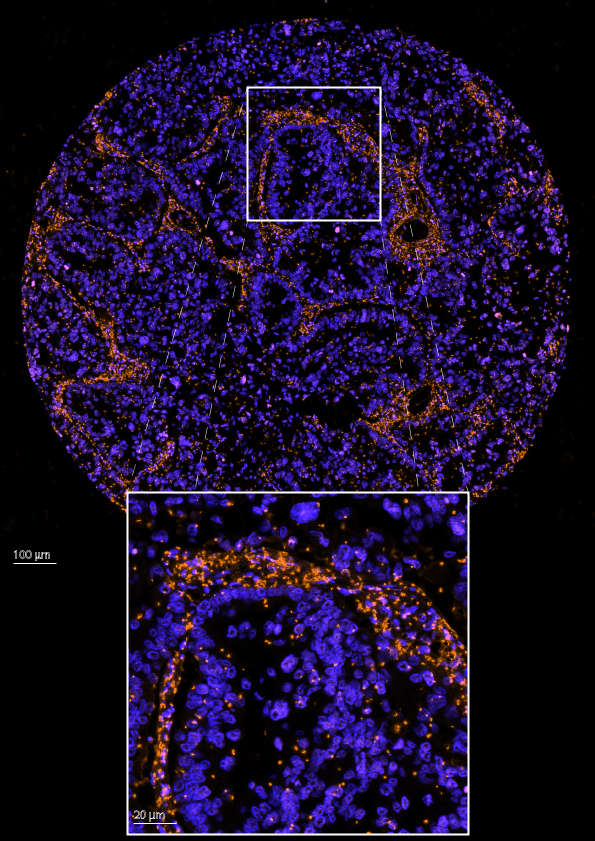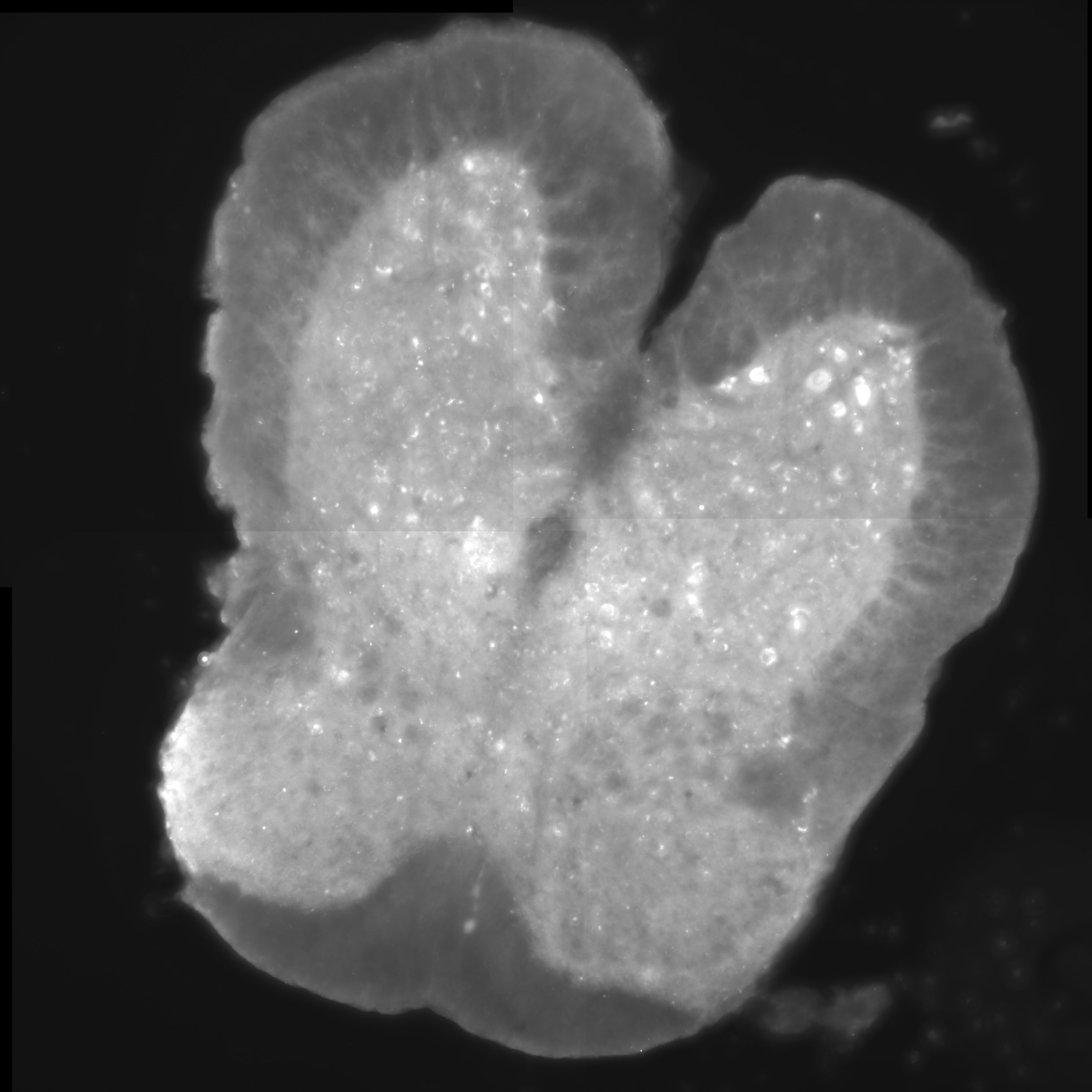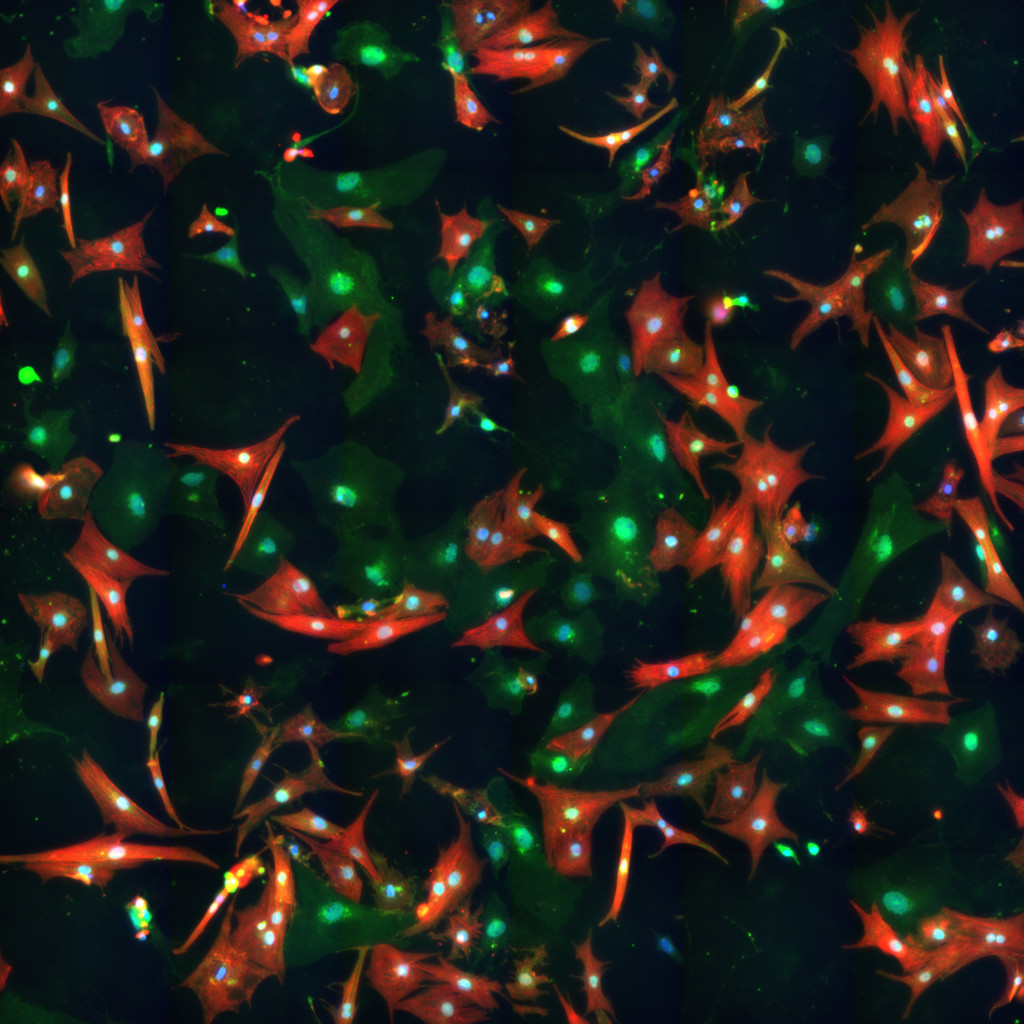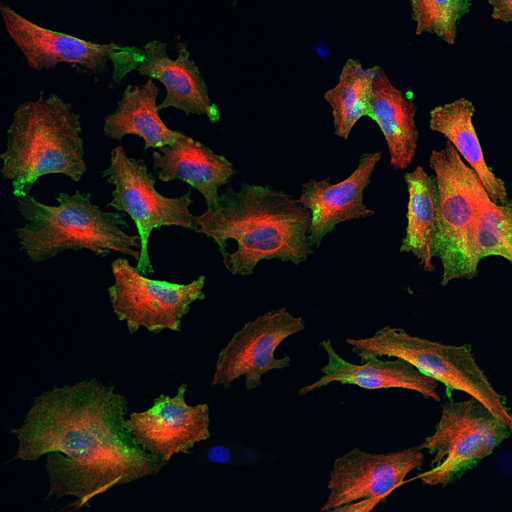
Intracellular location and distribution of proteins with impact of lysosomal movemant and metastasis...
The incidence of malignant melanoma has increased during the last decades and UV exposure is the major environmental risk factor. UV irradiation contributes to tumorigenesis by causing direct genetic alterations as well as...
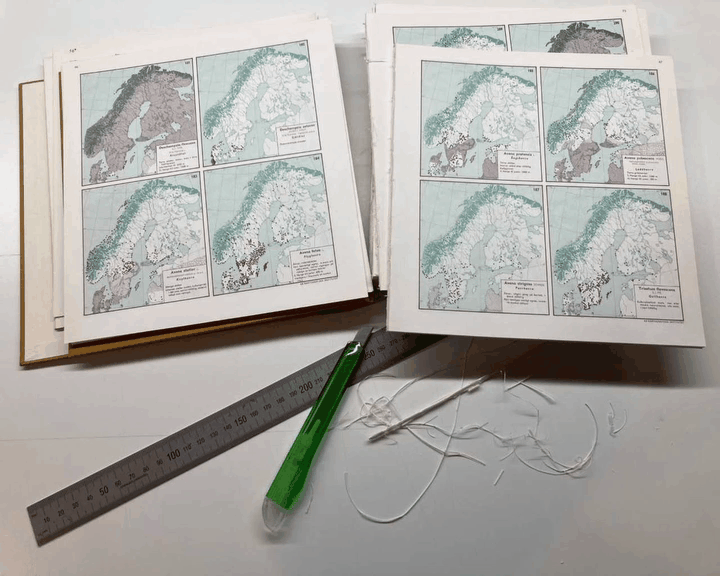
Digitizing historical range maps to estimate range shifts of Nordic vascular plants
Quantifying range changes and, importantly, understanding their drivers is vital in a time of ongoing biodiversity change. In this project we use image registration techniques together with GIS analyses to digitize historical range maps of...
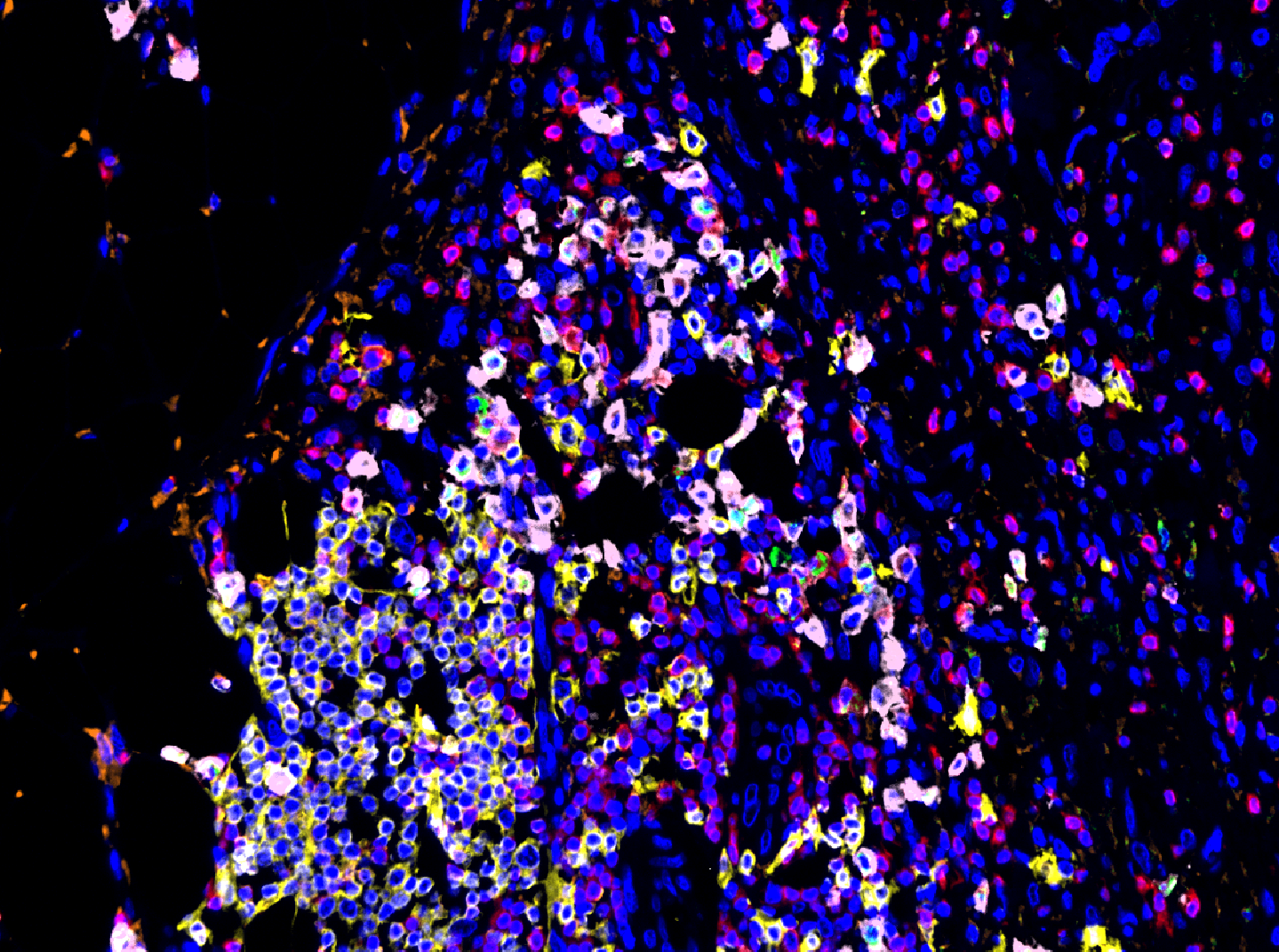
Mapping of B cell phenotypes in distinct immune neighborhoods in sarcoma
Immunotherapy has lately gained increased attention in sarcoma, but response rates are highly diverse. Therefore, it is essential to identify patient selection criteria and define whether the tumor microenvironment contains responsive immune cells....
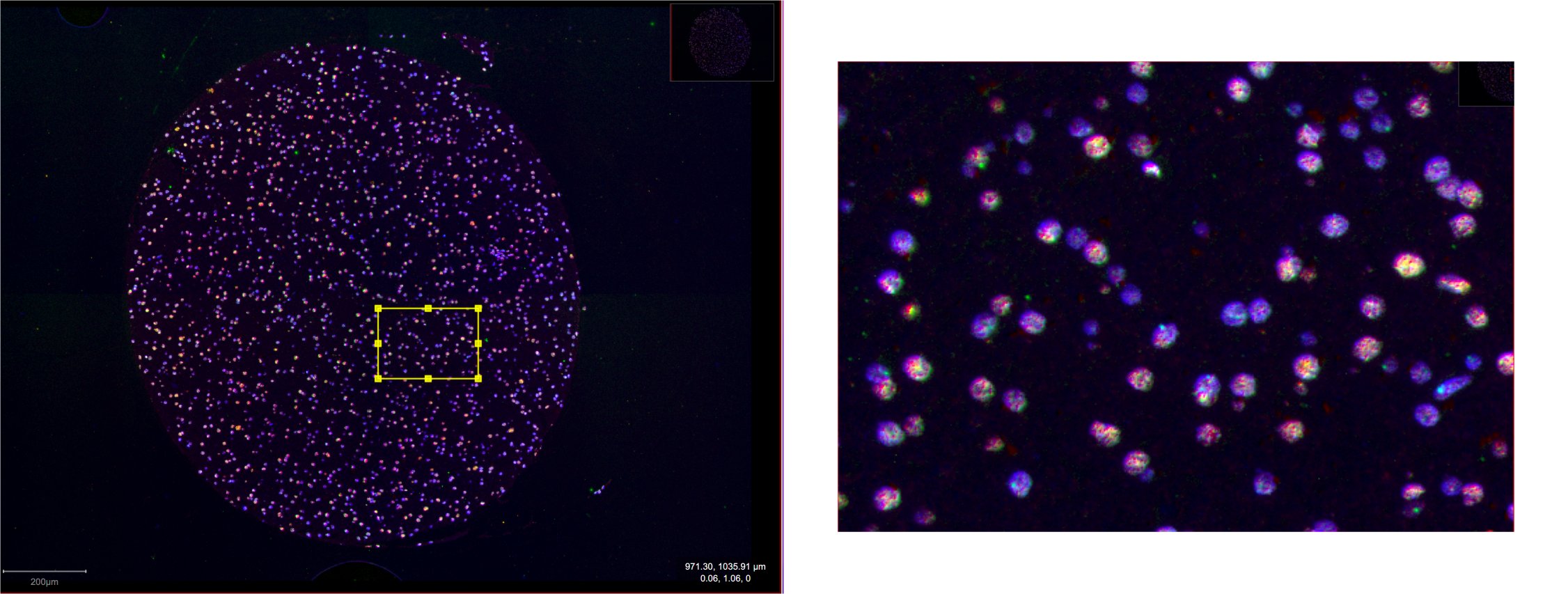
TGFβ family imaging - Simultaneous quantification of RNA levels (RNAscope) and protein levels...
Transcriptomic analysis of normal human and cancer cells revealed that the transforming growth factor β (TGFβ) signaling pathway regulates the expression of about 2,000 genes, including protein-coding and non-coding RNAs. Our group uses...
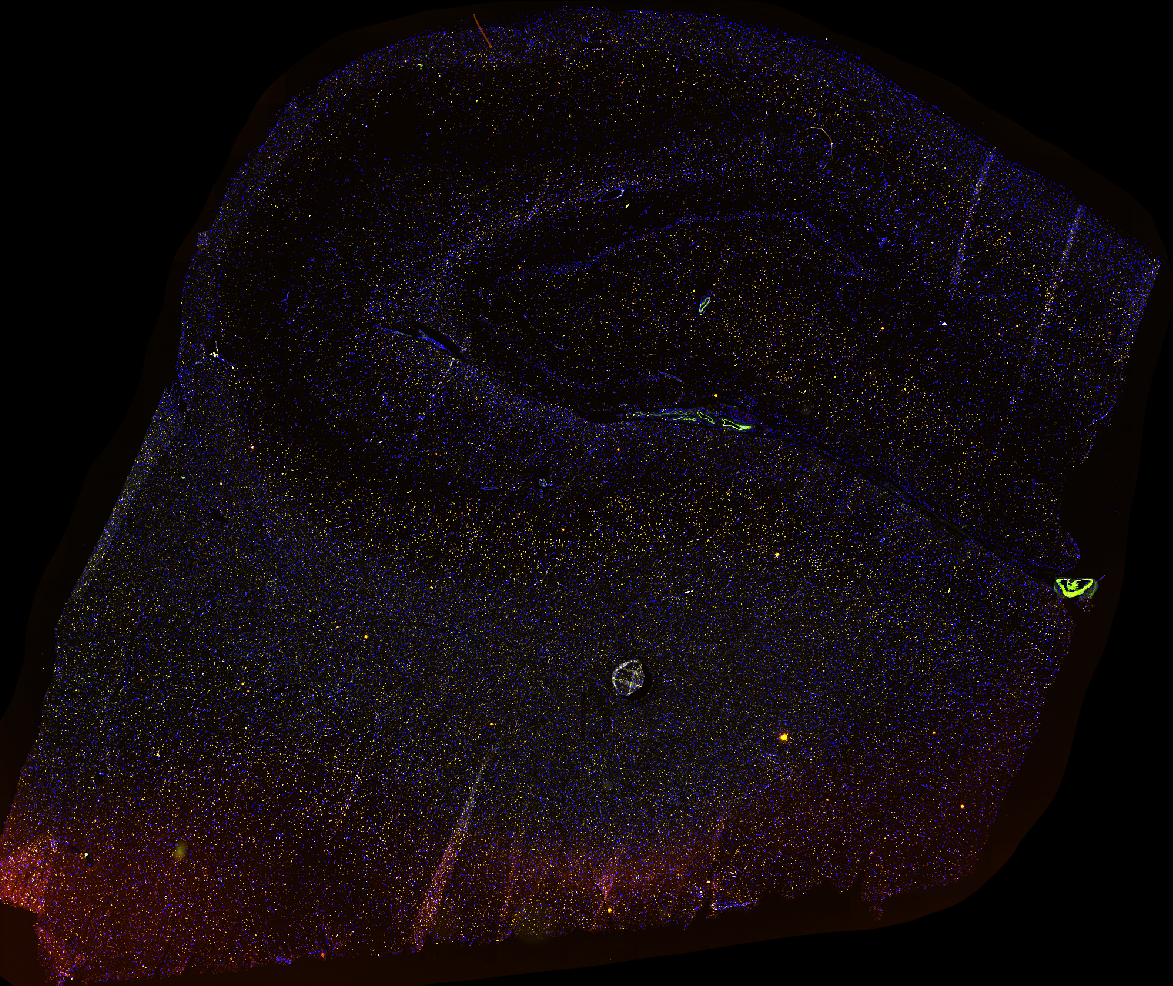
In Situ Sequencing of entorhinal cortex in Alzheimer’s disease
The entorhinal cortex is especially relevant for Alzheimer’s disease (AD) pathology. AD initiates in this region at the earliest disease stages, even before the first clinical symptoms appear. Within the entorhinal cortex, layer II excitatory...
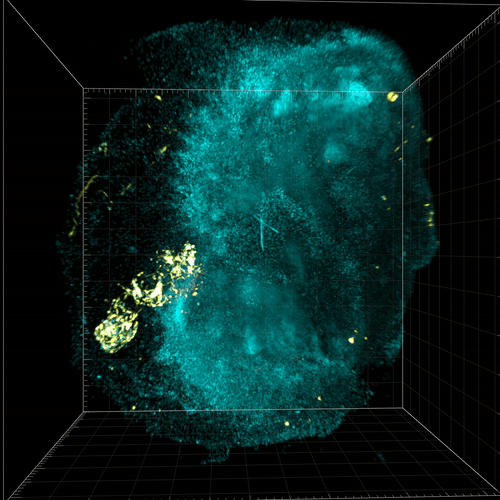
Mapping Cancer Cell Infiltration and Migration in an Organoid Model
The objective of this study is to create a human cancer proliferation and progression model for glioblastoma. To create the model, cerebral organoids cultivated from human induced pluripotent stem cells were cocultured with fluorescent reporter...
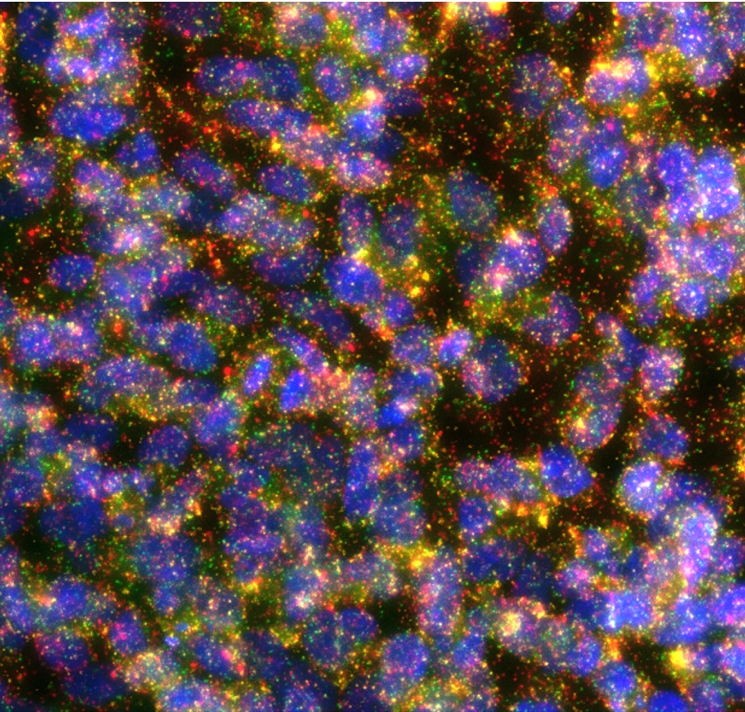
Detecting multiple protein interactions in cancerous tissue using in situ PLA
In this project, we set out to establish a method to detect multiple protein interactions and protein activation states in different types of cancerous tissue. Building on our long tradition of molecular tools development, we...
